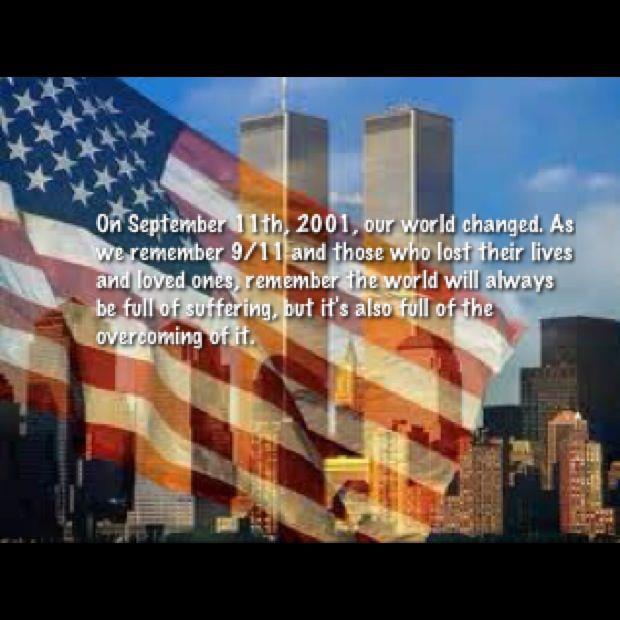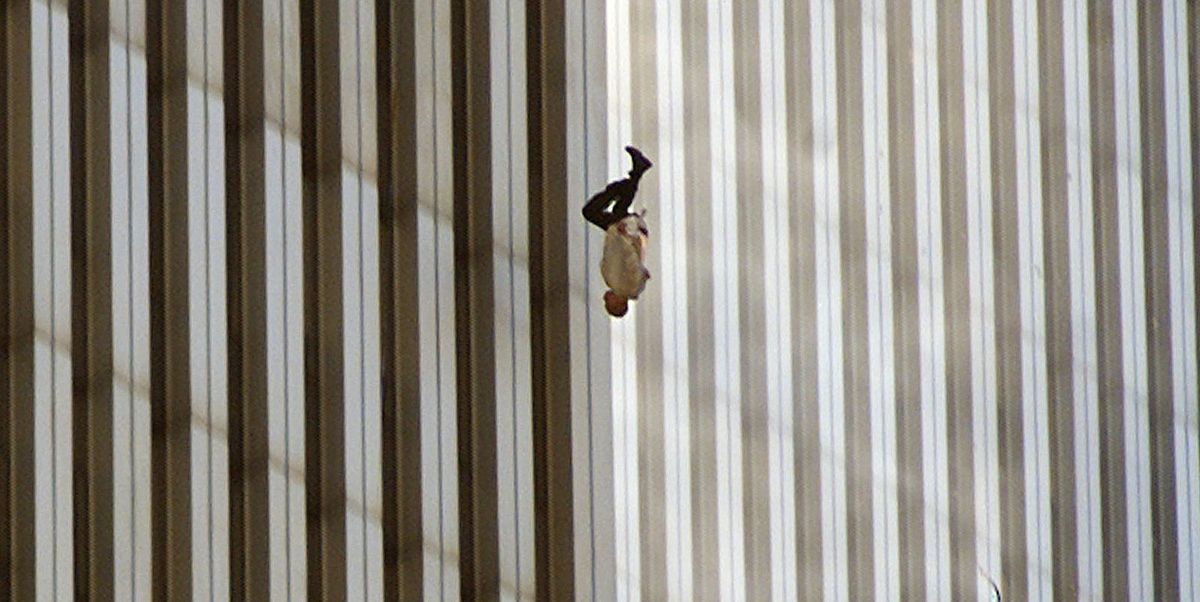BarnBuster
Virtually Unknown Member
In the first unqualified defeat of a British naval squadron in history, U.S. Captain Oliver Hazard Perry leads a fleet of nine American ships to victory over a squadron of six British warships at the Battle of Lake Erie during the War of 1812.
On September 10, 1813, at 7 a.m., British Commodore Robert Heriot Barclay, in his flagship HMS Detroit, met Captain Perry near Put-in-Bay, Ohio (Erie). Barclay's six ships were magnificently massive, outweighing and out-gunning Perry's nine vessels, including his flagship, the Lawrence.
At 10 a.m., Mother Nature began to fill Perry's flagship sails with a favorable wind. He and his crew proceeded towards the British flagship.
At 11:45 a.m. the Detroit fired a 24-pound ball from an extreme distance at the Lawrence, causing nothing more than a big splash. A few minutes later, a second 24-pounder was launched, but this time plummeted through the bulwarks of the Lawrence. The impact of the second cannon ball caused boat debris and flying splinters to puncture lungs and inflict numerous fatal wounds upon the Americans.
The Lawrence's cannons were still out of range, so Perry issued orders to the Scorpion, with one long 24-pounder, and the Ariel, with four long 12-pounders, to open fire. Thirty minutes of unrelenting British bombardment slowly ticked away, with Perry still struggling to get within range. The whole British Fleet had made successful cannon strikes against it. The Lawrence was now dead in the water.
Luckily for the Americans, the Niagara, still out of range and relatively undamaged, was their last chance at victory. Collecting four of the last remaining able-bodied men, Commodore Perry manned the flagship's rowboat and rowed a mile through a barrage of explosions to the seaworthy Niagara. Perry then furiously prepared the Niagara for immediate action, and sailed toward the Royal line. Although the British had wreaked havoc on the Lawrence, Barclay sustained a horrible wound; the captain and first lieutenant of every British vessel also were severely wounded.
With only junior officers directing the English fleet, the Americans found easy targets. When the greenhorn sailors observed the Niagara closing water against them, they attempted to turn to expose unused cannons. The result was devastating for the English; the already battered Detroit and Queen Charlotte collided and became hung up, dead in the water.
Perry took little time to take complete advantage of the rookie mistakes. He unleashed two broadsides, tearing up the seemingly indestructible Royal fleet.
A few minutes after 3 p.m., the British threw down all their arms; the four largest vessels surrendered one by one. The last two British gunboats attempted to escape, but were quickly chased down and captured. The British fleet in Lake Erie was now a thing of the past. By nightfall, the British had lowered their flag and surrendered to Perry, who was only twenty-seven years old.
Although Perry won the battle on the Niagara, he received the official British surrender on the deck of the Lawrence to allow the British to witness the terrible price his men had suffered. Perry sent a dispatch to General William Henry Harrison, recounting the details of the battle. In the dispatch, he wrote: 'Dear General: We have met the enemy and they are ours. Two ships, two brigs, one schooner and one sloop. Yours with great respect and esteem. O.H. Perry.'
Aftermath
The Battle of Lake Erie proved to be one of the most telling encounters of the War of 1812. The American victory secured control of the lake, forcing the British to abandon Fort Malden and retreat up the Thames River for Canada.
General Harrison's army clinched the naval victory by decisively defeating the small British army and its allied Indian force on October 5, 1813, at the Battle of the Thames. Later, after the Battle of Plattsburgh, British and American peace talks were initiated, which ensured that the states of Ohio and Michigan were to be forever United States property."
Decision at Sea: Five Naval Battles That Shaped American History - Craig L. Symonds










